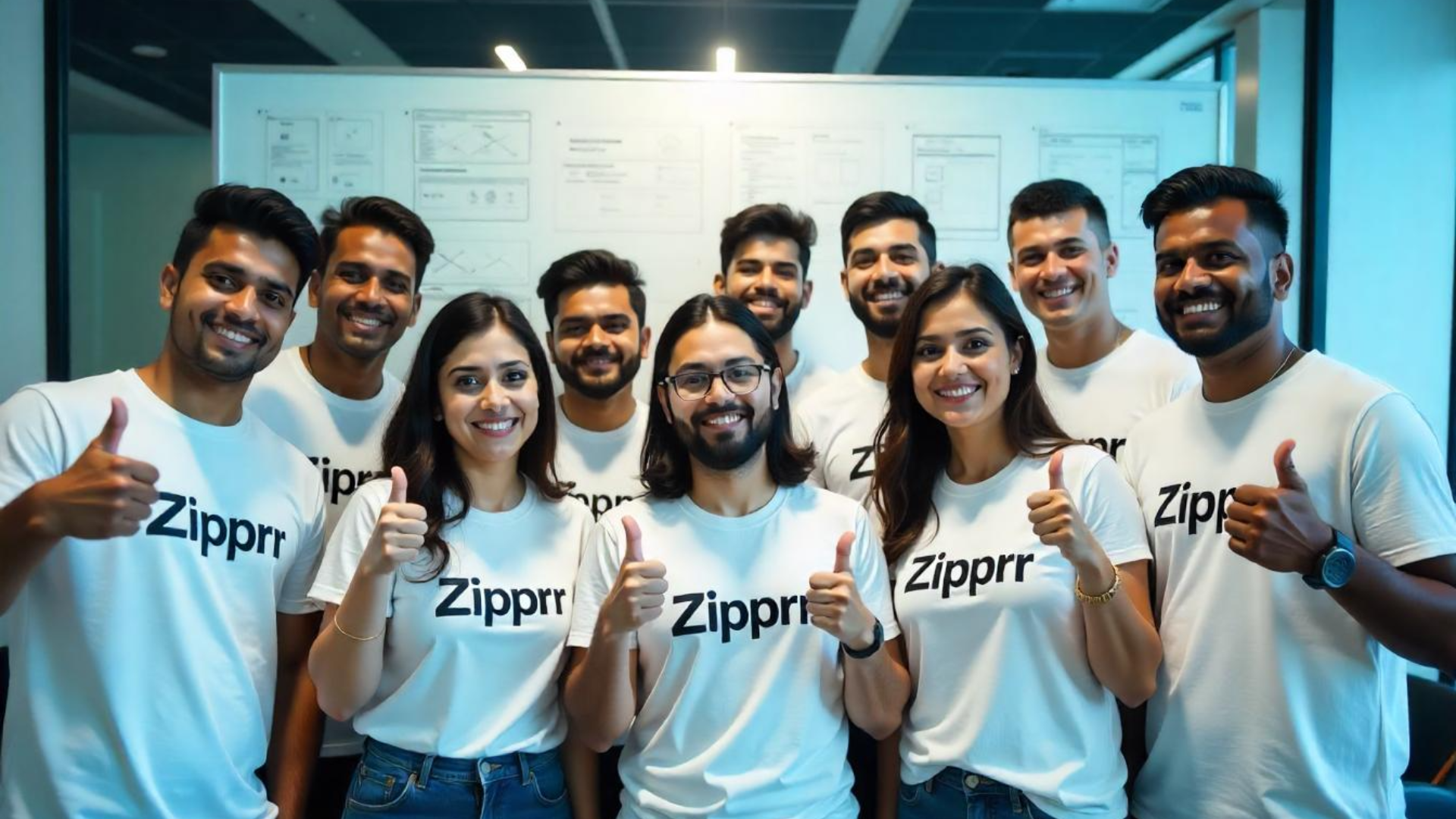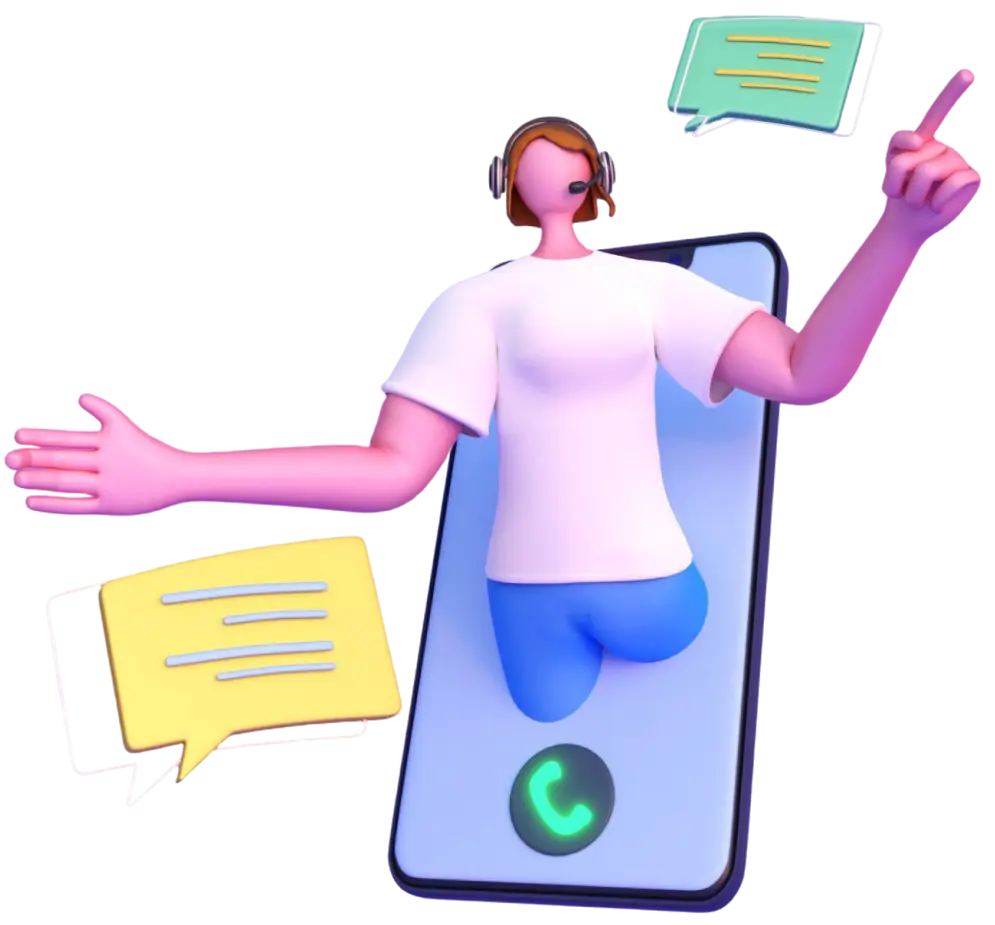The dating app landscape has evolved dramatically, with mobile dating becoming a mainstream activity. Tinder, launched in 2012, revolutionized this space, with millions of active users and facilitating 1.6 billion swipes daily. This blog aims to guide aspiring entrepreneurs in creating their own Tinder-like dating apps, exploring essential features and development costs.
What is Tinder and Why Build a Similar App?
Tinder is a leading dating app that revolutionized how people connect, boasting 75 million active users and facilitating over 4 billion swipes daily. Its core functionalities include user profiles, a simple swipe mechanism for liking or disliking potential matches, and a double opt-in communication system that enhances user safety.
The app’s popularity is evident, with 17% of US adults having used Tinder, particularly among the 18-24 age group, making it a significant case study in the dating app market. This success highlights a growing demand for similar platforms. Notably, 30% of online dating users report finding long-term relationships or even marriages through these apps, indicating substantial market potential.
Entrepreneurs looking to develop a Tinder-like app can capitalize on this trend by offering unique features and targeting specific niches within the dating landscape. With the right approach, including innovative functionalities and effective marketing strategies, building a successful dating app can be both feasible and profitable in today’s digital age.
Is Creating a Tinder-Like App Easy?
Creating a Tinder-like app presents several challenges, primarily due to the competitive landscape dominated by established players such as Tinder, Bumble, and OkCupid. With 80 million users on Tinder alone, new entrants must find ways to differentiate themselves in a saturated market.
Key Challenges
- Intense Competition: Competing against well-established apps that have significant brand recognition and user loyalty.
- User Experience Design: Crafting an intuitive interface that encourages user engagement and retention is critical.
- Market Research: Understanding user preferences and trends is essential for tailoring features that meet their needs.
To successfully navigate these challenges, thorough planning and research are vital. This includes identifying target demographics, analyzing competitors, and defining unique selling points.
The development process typically involves several stages:
- Concept Development: Brainstorming features and functionalities.
- Design Phase: Creating wireframes and prototypes to visualise the app’s layout.
- Development Phase: Building the app using appropriate technologies.
- Testing Phase: Conducting user testing to identify bugs and improve usability.
- Launch: Releasing the app to the public while implementing marketing strategies.
By addressing these challenges effectively, entrepreneurs can tap into the growing demand for dating apps, with 30% of online dating users finding long-term relationships through these platforms.
What Makes Tinder Special?
Tinder has transformed the dating landscape with its innovative features and strategic marketing. At the heart of its success is the swipe mechanism, which allows users to quickly express interest by swiping right or left.
This simple, gamified interaction not only enhances user engagement but also creates a sense of excitement and anticipation. Research indicates that this design leads to greater enjoyment and encourages users to return frequently, contributing to Tinder’s impressive $1.9 billion revenue in 20223, surpassing competitors like Bumble.
Key Factors Contributing to Tinder's Success
- User Engagement Strategies: The app fosters a playful environment, making the process of finding matches feel like a game.
- Branding and Marketing: Tinder has effectively positioned itself as a leader in mobile dating, leveraging social media and partnerships to enhance visibility.
- Demographics: With 75% male and 24% female users, Tinder’s user base influences its design and marketing strategies, tailoring experiences to attract more women and create a balanced environment.
These elements combined have established Tinder not just as a dating app but as a cultural phenomenon, shaping how people connect in the digital age.
10 Key Features of a Successful Dating App
Creating a successful dating app requires incorporating several essential features that enhance user experience and engagement. Here are ten key features to consider:
- User Profiles: Users should be able to create detailed profiles that include personal information such as age, gender, location, and interests. The ability to upload multiple photos and write a bio is crucial, as profiles with bios can increase match chances by 90%.
- Matching Algorithm: A robust matching algorithm is vital for connecting users based on their preferences. This algorithm analyses user data and interactions to suggest potential matches, significantly improving the chances of compatibility. For instance, men have about a 2.8% chance of landing a match, while women enjoy a 35% chance.
- Messaging System: An in-app messaging feature allows users to communicate securely once they’ve matched. This system should support text, images, and possibly video messages to facilitate engaging conversations.
- Geolocation Services: Utilizing GPS technology helps users find potential matches nearby, enhancing the relevance of connections. This feature allows users to connect with others in their vicinity, making it easier to arrange meetups.
- Safety Features: Implementing security measures is crucial for user trust. Features like profile verification, reporting tools for inappropriate behavior, and privacy settings help ensure a safe dating environment.
- Swiping Mechanism: Inspired by Tinder’s success, a swipe feature allows users to quickly express interest in profiles by swiping right or left. This gamified approach makes the matching process fun and engaging.
- Push Notifications: Keeping users engaged is essential for retention. Push notifications can inform users about new matches, messages, or app updates, encouraging them to return frequently.
- In-App Purchases: Offering premium features such as “Super Likes” or boosts for increased visibility can generate revenue while enhancing user experience.
- Social Media Integration: Allowing users to sign up or log in using social media accounts simplifies the registration process and encourages sharing of the app with friends.
- User-Friendly Interface: A clean and intuitive design is critical for user satisfaction. The app should be easy to navigate, ensuring that users can find matches and communicate effortlessly.
By integrating these features thoughtfully, developers can create a dating app that meets user expectations and stands out in a competitive market.
Tech Stack for Dating Apps
Building a successful web and mobile app, such as a dating platform, requires a solid tech stack tailored to the specific needs of the application. Here’s an overview of essential components for both web and mobile app development.
Essentials for Web App Development
- Frontend Technologies: This is the client-side of the application, where users interact. Key technologies include:
- HTML/CSS: For structuring and styling web pages.
- JavaScript: For adding interactivity. Frameworks like React.js or Angular enhance user experience by enabling dynamic content.
- Backend Technologies: This is the server-side that manages data and application logic. Important components include:
- Programming Languages: Common choices are Node.js (JavaScript), Python (Django or Flask), and Ruby on Rails.
- Databases: Options like MySQL, PostgreSQL, or MongoDB store user data securely.
- Web Servers: Technologies such as Apache or Nginx handle requests from clients.
- Middleware: This software acts as a bridge between the frontend and backend, processing requests and responses efficiently.
Essentials for Mobile App Development
- Native Development:
- For iOS, developers use Swift or Objective-C, while for Android, they typically use Java or Kotlin.
- Cross-Platform Development: Frameworks like Flutter or React Native allow developers to write code once and deploy it on both iOS and Android, saving time and resources.
- APIs and Integrations: Implementing APIs for functionalities like payment processing, social media integration, and geolocation services enhances app capabilities.
Choosing the right tech stack is crucial for performance, scalability, and user satisfaction in both web and mobile applications.
Popular Dating Niches
Exploring niche markets can help dating apps stand out and cater to specific user needs. Here are some popular dating niches:
- LGBTQ+ Dating: Platforms focused on LGBTQ+ individuals provide a safe space for users to connect based on shared identities and experiences.
- Senior Dating: Apps designed for older adults cater to the unique dating needs of seniors, emphasizing companionship and long-term relationships.
- Hobby-Based Dating: Niche apps that connect users through shared interests, such as sports, cooking, or travel, foster deeper connections based on common passions.
- Cultural or Religious Dating: Apps that cater to specific cultural or religious groups help users find partners who share similar values and beliefs.
Strategies for Targeting Specific Demographics
- Tailored Marketing Campaigns: Use targeted social media ads and influencer partnerships to reach niche audiences effectively.
- Community Engagement: Foster community through events or forums that resonate with specific user interests or identities.
- User-Centric Features: Incorporate features that address the unique needs of each demographic, enhancing user experience and satisfaction.
How to Make Money from Your Dating App
Monetizing a dating app effectively is crucial for its long-term success. Here are some popular strategies used by successful dating platforms:
- Freemium Model: This approach offers basic features for free while charging for premium options. For example, Tinder has approximately 14% of its users paying for premium features, such as unlimited swipes and the ability to see who liked their profile.
- In-App Purchases: Users can buy additional features to enhance their experience. Tinder offers options like “Boosts” to increase profile visibility and “Super Likes” to express heightened interest in potential matches. These purchases allow users to customise their engagement without committing to a subscription.
- Advertising: Integrating ads into the app can generate revenue without compromising user experience. Apps like Bumble and Hinge display non-intrusive ads, allowing them to monetize while maintaining user satisfaction.
Real-life examples illustrate these methods effectively. For instance, Match.com generates significant revenue through premium subscriptions that unlock advanced search filters and communication tools, while Hinge focuses on meaningful connections and offers premium features for users willing to pay.
By combining these monetization strategies, dating apps can create a sustainable revenue model while keeping users engaged and happy.
Cost of Building a Dating App
Creating a dating app involves various costs that can vary significantly based on the app’s complexity, features, and the development approach.
Breakdown of Estimated Costs Based on Complexity
- Simple Apps ($10,000 – $50,000):
- Core Features: A basic dating app typically includes essential functionalities such as user profiles, matching algorithms, and messaging systems.
- Development Phases:Planning and Discovery: $5,000 – $10,000
- Total Estimated Cost: Approximately $50,000 for a basic MVP (Minimum Viable Product).
- Mid-Level Apps ($50,000 – $100,000):
- Additional Functionalities: These apps include more advanced features such as chat options, geolocation services, and enhanced user profiles.
- Development Phases:Planning and Discovery: $10,000 – $15,000
- Total Estimated Cost: Ranges from $80,000 to $100,000, depending on the complexity of additional features.
- Advanced Apps ($100,000+):
- Comprehensive Features: These applications boast robust functionalities such as video calling capabilities, AI-driven matchmaking algorithms, and extensive backend support.
- Development Phases:Planning and Discovery: $15,000 – $25,000
- Total Estimated Cost: Starting from $150,000, with potential increases based on ongoing enhancements.
Factors Influencing Cost
Several factors can significantly influence the overall cost of developing a dating app:
- Development Team Location:
- Costs can vary widely depending on where the development team is located. For instance: North America: Higher rates due to skilled labor and operational costs.
- Technology Stack:
- Choosing between native (iOS/Android) versus cross-platform development (e.g., React Native or Flutter) affects costs. Native development can be 15-30% more expensive due to the need for separate codebases.
- Feature Set:
- The more features you integrate (like advanced matching algorithms or real-time chat), the higher the development cost. Personalization features using AI can also increase expenses.
- Third-Party Integrations:
- Integrating payment gateways or SMS/push notification APIs incurs additional licensing and engineering costs.
Why Choose a Readymade Dating Solution?
Opting for a readymade dating solution can save both time and money compared to building an app from scratch. Here are several reasons why this approach is beneficial:
- Cost Efficiency:
- Readymade solutions typically range from $5,000 to $30,000, significantly lower than custom development costs which can exceed $100,000.
- Faster Time-to-Market:
- With pre-built templates and functionalities available in readymade solutions, you can launch your app much faster than developing it from scratch.
- Proven Features:
- These solutions often come with tested features that have already been optimized based on user feedback. This reduces the risk of launching an unproven concept.
- Customization Options:
- Many readymade solutions allow for customization to fit your brand identity while still providing core functionalities.
- Ongoing Support:
- Most vendors offer ongoing support and updates for their solutions at a fraction of the cost of hiring in-house developers.
- Scalability:
- Readymade solutions are often designed to scale easily as your user base grows without requiring major overhauls.
- Focus on Marketing:
- By saving time and resources on development, you can concentrate your efforts on marketing strategies to attract users effectively.
Get Help From Zipprr to Build Your Dating App
Zipprr is a leading provider of readymade app solutions, specializing in dating app development. With over 10 years of experience, we offer solutions like Tinder clone and OkCupid clone, allowing you to launch your dating app quickly and efficiently.
Benefits of Partnering with Zipprr
- Cost-Effective Solutions: By choosing a readymade solution from Zipprr, you can save significantly on development costs compared to building an app from scratch. Our solutions typically range from $5,000 to $30,000, making it a budget-friendly option for startups.
- Time Savings: Our pre-built applications come with essential features already integrated, allowing you to launch your app in a fraction of the time it would take to develop a custom solution. This rapid deployment means you can start attracting users sooner.
- Expert Design and Development: Our team of professionals ensures that your app is not only functional but also user-friendly and visually appealing. We focus on creating an intuitive interface that enhances user engagement.
- Marketing Support: In addition to app development, Zipprr provides marketing support to help you promote your dating app effectively. Our strategies are designed to maximize your reach and attract potential users.
Success Stories
We have successfully launched numerous dating apps that have gained traction in the market. Our clients have reported increased user engagement and satisfaction due to our tailored solutions. By leveraging our expertise, you can avoid common pitfalls and ensure a smoother development process.
Choosing Zipprr means investing in a proven solution that combines quality, efficiency, and affordability. Let us help you bring your dating app vision to life! Watch what our customers say.
Common Questions About Dating App Development
1. How long does it take to develop a dating app?
The timeline for developing a dating app varies significantly based on its complexity and the features included. Generally, the development process can be broken down as follows:
- Simple Apps: For basic apps with core functionalities (user profiles, matching algorithms, and messaging), the development can take approximately 3 to 6 months.
- Mid-Level Apps: If you include additional features like chat systems and geolocation services, expect the timeline to extend to 6 to 9 months.
- Advanced Apps: Comprehensive apps with robust backend support and advanced features (like video calls and AI-driven matchmaking) may require 9 months to over a year.
These timelines can fluctuate based on factors such as team size, technology stack, and project management efficiency.
2. What are the ongoing maintenance costs?
Ongoing maintenance costs for a dating app typically include:
- Server Hosting: Monthly fees for cloud services (AWS, Google Cloud) can range from $100 to $1,000, depending on user traffic.
- Updates and Bug Fixes: Regular updates may cost between $5,000 and $15,000 annually, ensuring the app remains functional and secure.
- Customer Support: Hiring support staff can add another $1,000 to $5,000 monthly, depending on user volume.
- Marketing Expenses: Continuous marketing efforts may require a budget of $2,000 to $10,000 monthly to attract new users and retain existing ones.
Overall, annual maintenance costs can range from $50,000 to $150,000, depending on the app’s scale and user engagement.
3. How can I ensure user safety on my platform?
Ensuring user safety is paramount for any dating app. Here are several strategies:
- Profile Verification: Implement a photo verification process that requires users to confirm their identity by matching their profile pictures with real-time selfies. This helps reduce catfishing incidents.
- Reporting Mechanisms: Provide users with easy-to-use reporting tools for suspicious behaviour or profiles. Ensure that reports are reviewed promptly and action is taken when necessary.
- Community Guidelines: Establish clear community guidelines that outline acceptable behavior. Make these guidelines easily accessible within the app.
- In-App Safety Features: Integrate features like location tracking for dates (with user consent), emergency contact alerts, or options for users to share their location with friends during meetups.
- User Education: Educate users about safety practices through in-app tips or resources. Encourage them to meet in public places and avoid sharing personal information too quickly.
By prioritizing safety through these measures, you can foster a secure environment that encourages user trust and engagement.







